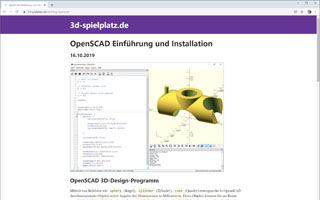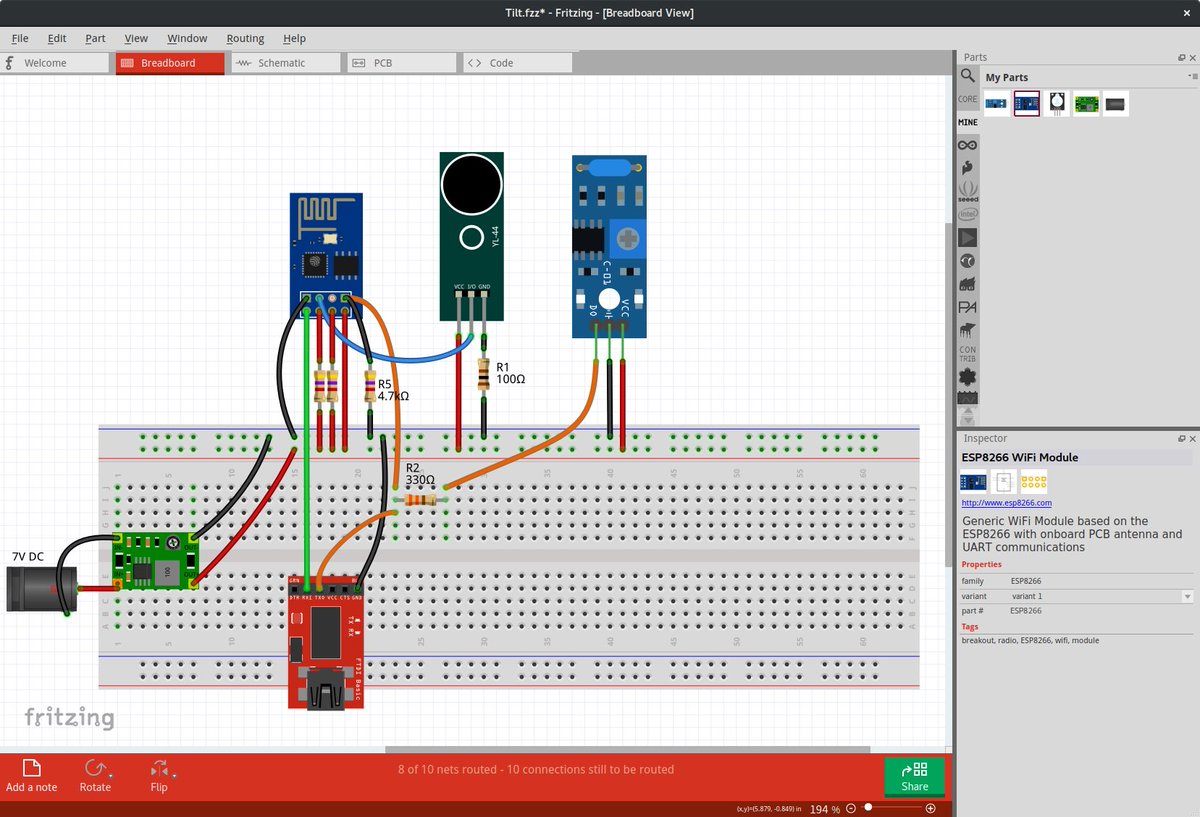

In the usual where you want your round shapes to actually appear round, just let MuSCAD handle this for you. Note that when rendering a Sphere, the $fn parameter, which indicates how many segments OpenSCAD must use to render that sphere) is produced automatically by MuSCAD to create a good-looking round shape. Obviously, you can render the OpenSCAD code, that’s what happens when we call: print(hollow_sphere) So you can do to that difference everything you can do to a primitive. That Difference is itself a subclass of Object: from muscad import ObjectĪssert isinstance(hollow_sphere) = Object Now, what is this hollow_box object? It is a Difference: from muscad import Difference In boolean operations, aligning it to absolute coordinates, etc. Why is that important ? Because there is a lot you can do with a MuSCAD Object, like rendering it, applying transformations to it, using it Like all other primitives, a Sphere is an instance of an Object: from muscad import Object What is a Sphere ? It is obviously the equivalent of OpenSCAD’s sphere. This generate a MuSCAD object called hollow_sphere, made from the difference of 2 spheres (a smaller one removed from a bigger one). All other primitives can be imported from there. This import the primitive Sphere from the top level module muscad.
#Openscad deutsch code
Now, to understand how MuSCAD generates the OpenSCAD code, let’s go over the sample Python code above, line by line: from muscad import Sphere You may also set the environment variable MUSCAD_NO_OPENSCAD to inhibit MuSCAD from opening OpenSCAD automatically.

If you only want to save the file, without (re)opening OpenSCAD, omit the openscad parameter or set it to False. In OpenSCAD (if the openscad executable is in your PATH): hollow_sphere.render_to_file('hollow_sphere.scad', openscad=True) To make things easier, you can programmatically save the output code to a file directly, and have that file opened Simply copy/paste that output into OpenSCAD, and it will render the resulting object. To generate the equivalent OpenSCAD code, simply print() the resulting object. You can instantiate thoseĬlasses, then apply transformations using methods on those instances, andįinally apply boolean operations using the +, - and & operators. MuSCAD includes classes for all OpenSCAD primitives. Those differences are explained in the next sections. In that sense, MuSCAD syntax is fundamentally different compared to OpenSCAD/SolidPython. Of OpenSCAD, like automatic calculation of object sizes, relative alignment between objects, The way you would write the same code in OpenSCAD. MuSCAD lets you write Pythonic, easy to read code, and does not try to emulate The second advantage, compared to SolidPython and other similar modules, is that which makes it way easier and faster to write codeĬompared to most generally poor tools used to write OpenSCAD code.



 0 kommentar(er)
0 kommentar(er)
